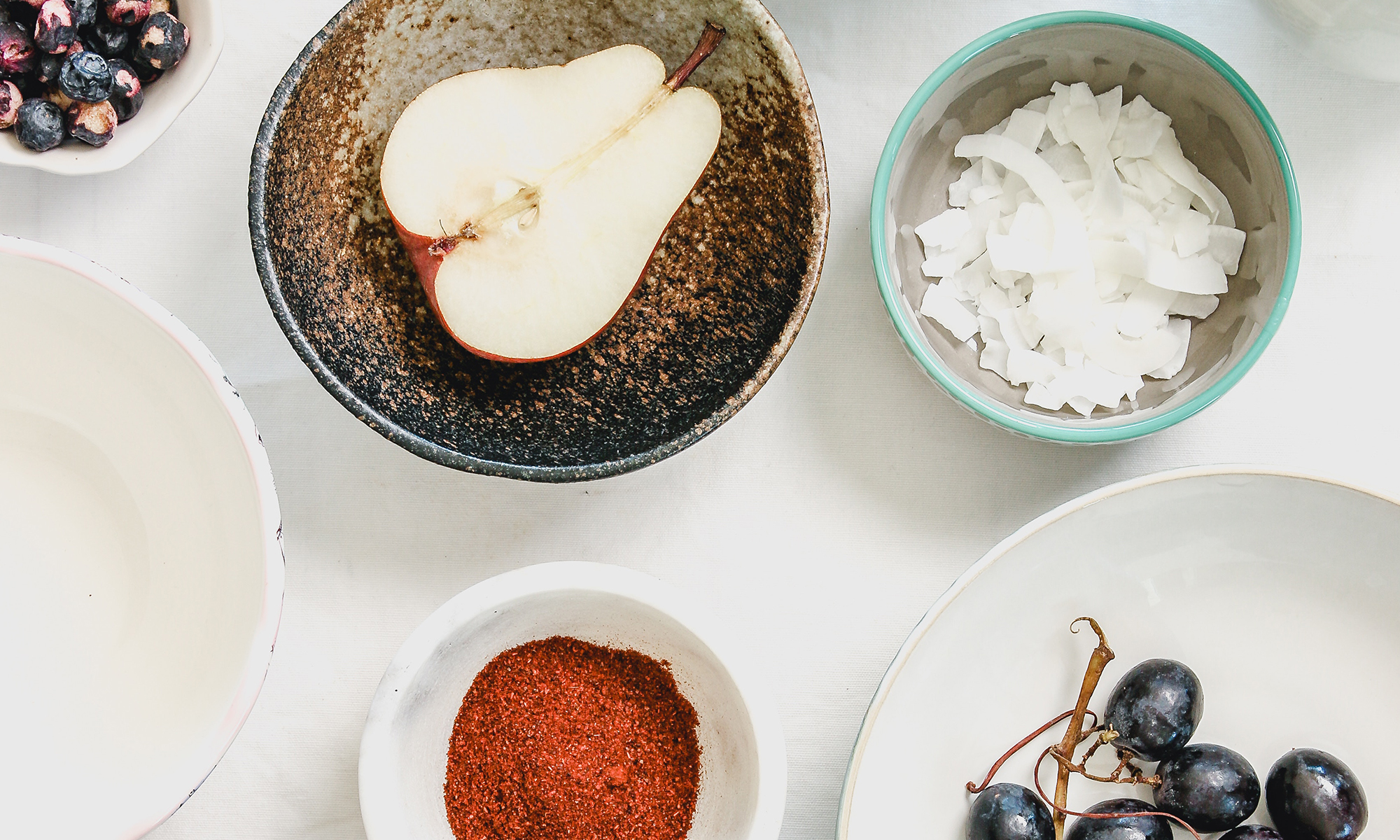My friend Leslie is teaching a class on Bûche de Noël – the classic French Christmas Treat. In preparation, she wanted to do a trial run to test the timing of the class, and also to get pictures for the class posting.
We all know, I’m not a good baker and more a salt-head, than a sweet tooth. Nonetheless, I have a secret dream of being a star, cake decorator. I even bought a cake turn-table for when the urge strikes. Probably once a year, I make a few pounds of butter cream, a couple of cakes and decorate to my heart’s content. They look like pouffy wedding dresses reminiscent of the 1980’s (read: overdone and not particularly fashionable), and I never eat them, but it’s fun. That being said, I couldn’t miss an opportunity to watch and learn, so I offered to take pictures (just for her, I SWEAR!)
According to Wikipedia:
One popular story behind the creation of this dessert is that Napoleon I of France issued a proclamation requiring households in Paris to keep their chimneys closed during the winter, based on the notion that cold air caused medical problems. This prevented Parisians from being able to use their fireplaces, and, thus, prevented them from engaging in many of the traditions surrounding and involving the hearth in French Christmas tradition. French bakers, according to the theory, invented this dessert as a symbolic replacement around which the family could gather for story-telling and other holiday merriment.
The cake, which ultimately looks like a tree log with mushrooms, can be made with either a vanilla or chocolate sponge cake and filled with chocolate or vanilla buttercream. The cake is lighter than traditional genoise which makes it easy to roll. This cake batter is so light that it can only be used as a sheet-cake and can’t stand up to a layer cake. The mushrooms are made with Italian Meringue.
Before you can even think about assembling the cake, you must assemble all the parts: cake, filling, icing/glaze. For the garnish: rosemary sprigs to look like pine needle covered in ice and meringue mushrooms. The special equipment is limited to a piping bag with a round tip, a “decorating triangle” (used to texturize the icing to look like bark) and a good icing spatula.
For the Cake and the other components:
Cake
6 large eggs, separated
1/4 teaspoon cream of tartar
12 tablespoons sugar
1/4 cup cake flour, sifted
2 tablespoons unsweetened cocoa powder, sifted
Separate the egg whites from the egg yolks. Whip the egg yolks with sugar until they are thick and pale. In a separate bowl, whip the egg whites sugar to stiff peaks. Fold the whites into the yolks. Sift the cocoa powder and flour onto to the egg mixture and gently fold to combine. Bake on a sheet tray for 15 minutes at 400F.
The filling is less persnickety. You can use a traditional buttercream or a modified version of simply beaten butter with white chocolate. The filling can also be used to glaze the outside of the cake or you can use a chocolate ganache:
Ganache
1/2 cup whipping cream
6 ounces semisweet chocolate, chopped
2 tablespoons light corn syrup
1 tablespoon rum or other favorite liquor
Heat heavy cream over medium heat until bubbles form around the edge. Remove from heat. Stir in remaining ingredients. Continue to stir until chocolate dissolves.
½ cup egg whites
1 cup sugar
¼ teaspoon cream of tartar.
Dissolve sugar in egg whites over a pot of simmering water, whisking constantly, and heat until 110F degrees. Remove from heat and then whip until stiff peaks. To make the mushrooms pipe out mounds to be the caps, and pipe up 1” stems. Bake at 200F for 45 minutes and the 175 for another 30 minutes to dehydrate. When they are dried, you can brush the bottom of the mushroom caps with melted chocolate. Using a small paring knife, cut a little indentation into the base of the mushroom cap. Use chocolate or icing to glue the stem into the cap.
To make pine needles, dip rosemary sprigs in beaten egg whites, then roll in granulated sugar.
Assembly
Ice the sheet cake. Roll it lengthwise, and roll the seam to the bottom. Slice the cake, 1/3 portion, on a bias to create two pieces – on that is twice as long as the other. Put the longer piece on a serving platter. Take the smaller piece, and align the angled side along the longer piece. This should give you the basic shape of a log. Ice the whole cake to cover the seam, but leave the ends un-iced to show off the roll. Run the decorating triangle along the outside to texturize.
Garnish with mushrooms and pine needles.
To register for Leslie’s class, visit: www.helenrennie.com

Really like the blog, appreciate the share!